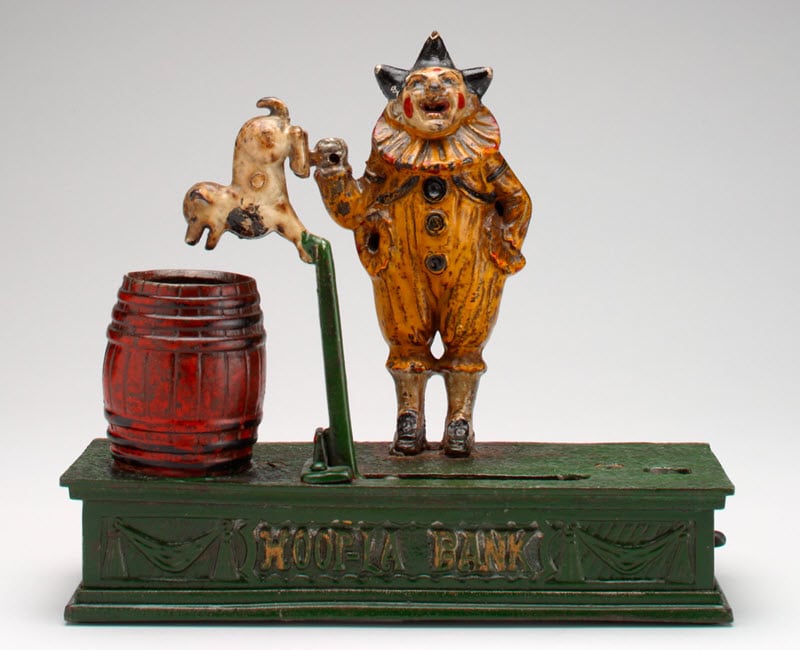Earnings season is well underway and, by most measures, companies are exceeding expectations.

>> To subscribe to this monthly newsletter, click on Subscribe!
Q1 2023 Earnings: Better Than Expected
According to FactSet, with 92% of S&P 500 companies reporting, 78% reported better than expected profits and 75% had revenue numbers that beat expectations.
Overall, companies did well despite inflation and concerns about the economy. Earnings in the 1st quarter were down just 2.5% from the previous quarter. Seemingly, businesses were able to increase prices and mostly pass on higher costs to consumers.
The consumer staples, healthcare, and technology sectors were the most resilient. Utilities and materials, both economically sensitive, were the source of most of the disappointments.
Quarterly earnings reports are backward-looking. So far, of the companies providing guidance for the 2nd quarter, 50 companies issued a negative outlook while 37 said that their numbers will be higher. This is not upbeat. Analysts, per FactSet, are forecasting the 2nd quarter to post a 6.3% decline in earnings.
Stocks can go up even if earnings decline but to do so there needs to be an expectation that things will get better and that interest rates will decline. Interest rates are important because lower rates increase the value of assets.
The Market is Not Cheap.
The market is not cheap.
The forward price-to-earnings ratio for the S&P500 is 18. This is slightly below the 5-year average but above the 10-year average. Stocks may be fairly priced and within the bounds of average but the stock market is not trading at bargain prices.
Artificial Intelligence, Wall Street’s New Darling
Undoubtedly, we will be talking about AI (Artificial Intelligence) a lot. It is the new darling topic on Wall Street. The financial news can’t get enough stories out and companies love to talk about it even if the use case is unknown. The fear of missing out is powerful and market capital will flow to these companies.
Not all that glitters is gold. Investors need to be cautious and prudent and not get carried away. Remember pets.com?
Perspective on Banking Crises
Banking crises happen periodically. Here’s my perspective on them.
1990s Savings & Loan Crisis
My career in business and investing began in the wake of the early 1990s Savings & Loan crisis. About 1,000 banks failed during the turmoil.
2008-09 Subprime Mortgage and Collateralized Debt
The next big banking crisis came in 2008-2009 when the industry rode the subprime mortgage and collateralized debt train off a cliff.
2023 Unstable Bank Business Model
In March of this year, the third banking upheaval I’ve experienced began. This time the unstable business model of Silicon Valley Bancshares (SVB) exposed the challenges banks have been facing since the Federal Reserve began hiking interest rates to combat inflation.
Banking Booms and Busts
The history of banking is, to a large extent, a history of booms and busts. A particularly favorable environment leads to over-extending and bad practices that eventually unravel. This is followed by a period of caution and retreat until conditions create the setup for the next round of boom to be surely followed by a bust.
Each crisis is different but there are always rhymes and echos of past troubled periods. Today, like the Savings & Loan Crisis, the banks find themselves in a situation where borrowing (deposit) costs rapidly rose while the rates earned on the bank assets did not keep up.
This is different than in 2008-2009 when loans went bad. In fact, credit quality today is, so far, very good.
The Effects of Higher Interest Rates on Government Securities
Further, the problems today are not in shaky under-collateralized loans but rather in the bank’s highest-grade government securities portfolios. The increase in rates has caused significant paper losses in these high-quality investments. However, over time the banks will likely get paid the full amount.
And on Rates Paid to Depositors
Higher interest rates posed another problem. Banks were slow to raise the rates they were paying depositors. Steadily depositors have been taking money out of the banks and putting the funds in US Treasuries and money market funds.
SVB saw more outflows than usual and needed to sell its securities to cover the withdrawals. The paper losses became real ones. This spooked the depositors and an old fashion “bank run” occurred. Shareholders sold their bank stocks and a full-blown crisis of confidence took hold. It takes time to rebuild confidence.
Careful Valuation and Stock Selection Are Back!
When the dust settles there will be opportunities. In a panic everything goes down, the bad and the good. Those who can find the bargains will likely experience outsized returns as banking stabilizes. As the under-water securities pay off, banks can re-invest the proceeds into higher-yielding loans and securities thus helping profitability. As long as loans don’t go bad, the banks can recover.
There’s a lot of worry about commercial real estate. Some banks will have significant issues there but many will not. The case for careful valuation and stock selection is back.
Thanks for reading.
>> Download the May 2023 Newsletter <<
Note: This blog article is intended for general informational purposes only. Nothing in it should be construed as, and may not be used in connection with, an offer to sell, or a solicitation of an offer to buy or hold, an interest in any security or investment product. Investing involves risk.
Image credit: “Hoop-La Bank” mechanical bank, c. 1897-1920s, John Harper & Company, Ltd., Willenhall, Staffordshire, England, 1790–1980s